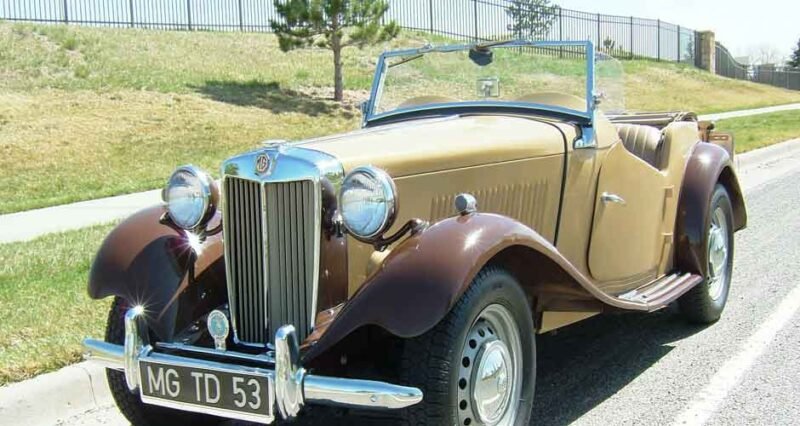
Vintage cars evoke a sense of nostalgia, transporting us back in time to an era of elegance and craftsmanship. Owning a vintage automobile is a dream come true for many enthusiasts, but it comes with its own set of responsibilities. One crucial aspect of owning a vintage car is ensuring it’s adequately protected through vintage auto insurance.
Understanding Vintage Auto Insurance
Vintage auto insurance, also known as classic car insurance, is a specialized form of coverage designed for cars that are considered vintage or collectible. Unlike standard auto insurance, vintage auto insurance takes into account the unique value and needs of these special vehicles.
What Makes a Car Vintage?
Determining whether a car is vintage can be a bit subjective, but generally, a vintage car is one that is at least 20-25 years old and maintains its originality or has been meticulously restored to its original condition. These cars often have historical significance, unique features, and limited production runs.
Why Vintage Auto Insurance is Important
Vintage cars are more than just vehicles; they are investments, often appreciating in value over time. Vintage auto insurance provides protection against various risks, including theft, accidents, and damage, ensuring that your cherished possession remains protected.
Types of Vintage Auto Insurance
There are two primary types of vintage auto insurance: agreed value and stated value. Agreed value policies determine the car’s worth in advance and pay out that agreed-upon amount in case of a claim. Stated value policies allow the car owner to declare its value, but the payout might vary.
Factors Affecting Vintage Auto Insurance Premiums
Several factors influence vintage auto insurance premiums, including the car’s age, make and model, its condition, and the owner’s driving history. Additionally, where and how the car is stored and how often it’s driven play significant roles in determining the cost.
How to Find the Right Vintage Auto Insurance
To find the right vintage auto insurance, consider working with an insurance agent who specializes in classic cars. They can help you navigate the complexities of this unique type of insurance and find a policy tailored to your needs.
Customizing Your Coverage
One of the advantages of vintage auto insurance is the ability to customize your coverage. You can add features like spare parts coverage, roadside assistance, and coverage for car shows and events.
Tips for Maintaining a Vintage Car
Proper maintenance is key to preserving the beauty and value of your vintage car. Regular inspections, appropriate storage, and routine care are essential for keeping your classic automobile in pristine condition.
The Importance of Appraisals
Having your vintage car appraised regularly is crucial. This helps ensure that you have the right amount of coverage and that your insurance policy reflects the car’s current value.
What to Do in Case of a Claim
In the unfortunate event of an accident or damage, knowing how to file a claim is essential. Vintage auto insurance providers often have specific guidelines for handling claims, so it’s important to be familiar with the process.
Popular Vintage Car Models
Vintage car enthusiasts have a wide range of models to choose from, including iconic names like the Ford Mustang, Chevrolet Camaro, and Porsche 911. Each of these cars carries its unique history and allure.
The Future of Vintage Auto Insurance
The market for vintage auto insurance is continually evolving, with more options and specialized coverage becoming available. As the interest in vintage cars continues to grow, the industry is adapting to meet the demands of enthusiasts.
In a world that is constantly changing, vintage cars offer a glimpse into the past, preserving a unique automotive history. Vintage auto insurance plays a crucial role in safeguarding these timeless treasures. So, if you own a vintage car, make sure to invest in the right coverage to protect your prized possession for years to come.

